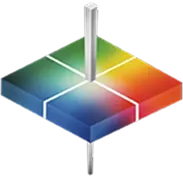Best Practices for Measuring Various Tea Colors
While many tea experts may think that inspecting tea leaves visually is enough to test the quality, human sight is subjective. Several aspects, such as lighting, color blindness, and eye fatigue, may influence the viewer's perception of tea colors. Visual inspections also become less effective for large volumes of tea. Thankfully, there is a more accurate and effective way to test the color of tea leaves.
Spectrophotometers can analyze the color of tea leaves by detecting changes in how they emit light. These devices use quantitative data from the transmitted and reflected light that the tea leaves emit by measuring the light's wavelength. Spectrophotometers can measure larger sample areas faster and more precisely than human inspections.
The primary role of these devices is to remove the element of human uncertainty by relying on quantifiable data to test the color and, essentially, the quality of tea leaves. Spectrophotometers work effectively on various types of tea, including green tea and black tea.
Why Test Tea Colors With Spectrophotometers?
Spectrophotometers offer tea manufacturers control over the quality of their tea and help them meet industry color standards. These color-measuring devices can streamline your facility's day-to-day tasks, accelerate the production process, and maintain product consistency.
Additionally, spectrophotometers provide a simpler way to enhance the quality of your tea. By scientifically measuring the color of the tea leaves, you can ensure they are in optimal condition so that your consumers continue to trust your brand for unwavering quality.


